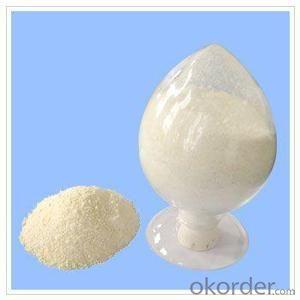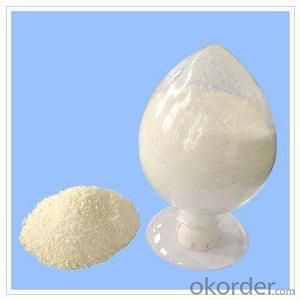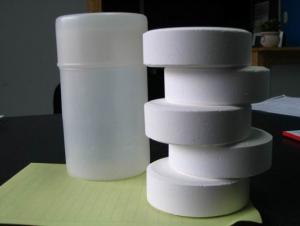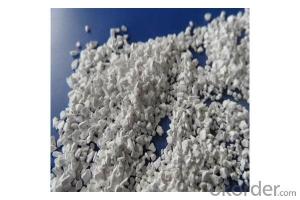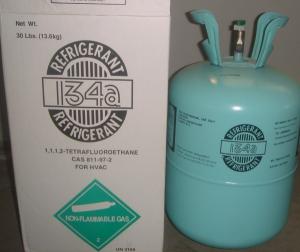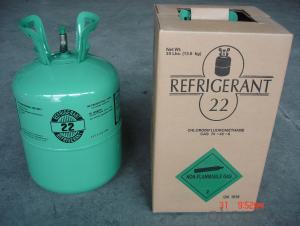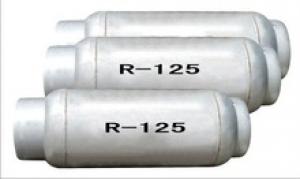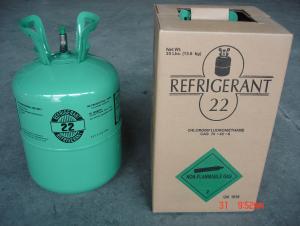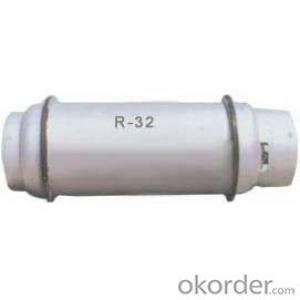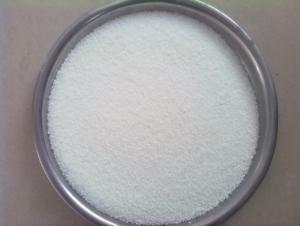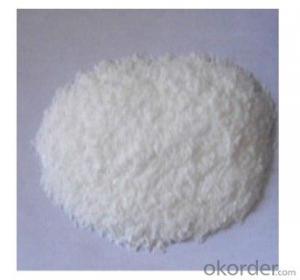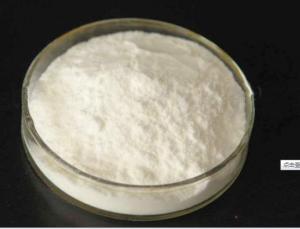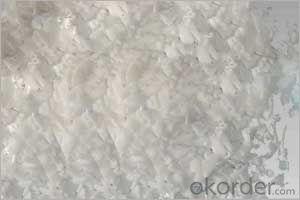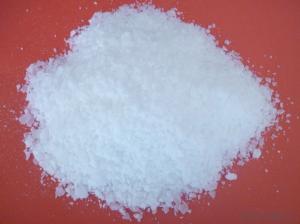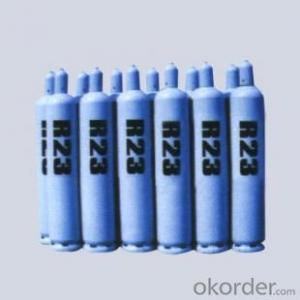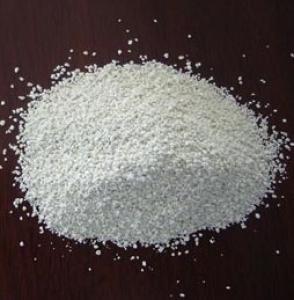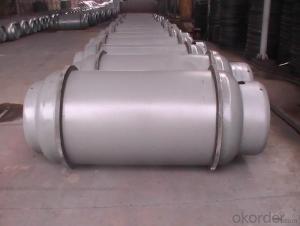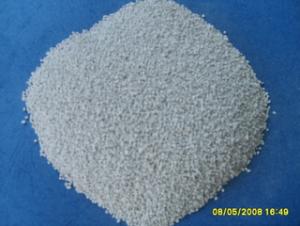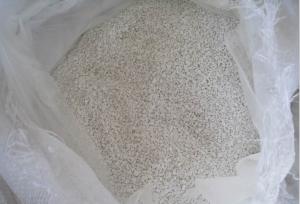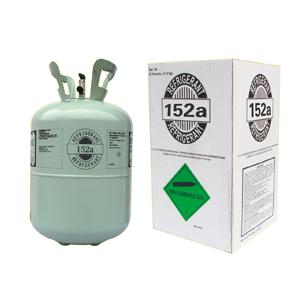Stearic Acid 200/400/800
- Loading Port:
- Tianjin
- Payment Terms:
- TT OR LC
- Min Order Qty:
- -
- Supply Capability:
- 8000MT/month m.t./month
OKorder Service Pledge
OKorder Financial Service
You Might Also Like
Stearic acid
Formula: C18H36O2
Structural Formula:CH3(CH2)16COOH
Product Description:
Shaped like Lump, flake; Saturated fatty acid mainly with C16 and C18, white flake solid at ambient temperature, not dissolved in water, slightly dissolved in benzene and carbon bisulfide, and easily dissolved in hot alcohol. No smell no poison. It has the general chemical properties of organic carboxylic acid.
Physicochemical Properties:
pure product is white with a shiny soft small pieces, melting point 69.6 degrees, the boiling point of 376.1 degrees. Relative density 0.9408, refractive index 1.4299, slowly volatile in the 90-100 degrees. Slightly soluble in cold water, soluble in alcohol, acetone, soluble in benzene, chloroform, ethyl ether, carbon tetrachloride, carbon disulfide, toluene and so on.
Specification:
Item | Index | |||||
Grade No. | 1842 | 1838 | 1820 | 1860 | 1870 | 1880 |
Iodine value gI2/100g ≤ | ≤5.0 | ≤5.0 | ≤5.0 | ≤6.0 | ≤7.0 | ≤8.0 |
Saponification value mgKOH/g | 206~211 | 206-213 | 214-216 | 193-220 | 193-220 | 192-218 |
Acid value mgKOH/g | 208~210 | 210~211.5 | 214-225 | 182-218 | 192-218 | 193-220 |
Chroma (Hazen) ≤ | ≤60 | ≤80 | ≤100 | 200-400 | ≤150 | 400 |
Freezing point °C | 54~57 | 54~57 | 55~57 | 54 | 52 | 52 |
Moisture % ≤ | ≤0.2 | ≤0.2 | ≤0.2 | ≤0.3 | ≤0.3 | ≤0.3 |
Inorganic acid % ≤ | 0.001 | 0.001 | 0.001 | 0.001 | 0.001 | 0.001 |
Suggest Uses:
Mainly for the production of stearic acid salts: Widely used system for cosmetics, plastic cold-resistant plasticizer, release agent, stabilizer, surfactants, rubber vulcanization accelerator, waterproof agent, polishing agent, metal soap, metal mineral flotation agent, softeners, pharmaceuticals, and other organic chemicals.
In addition, oil-soluble pigments can be used as solvents, crayons transfer slip agent, waxed paper lighting agent, stearic acid glyceride emulsifier, etc..
Packing :25/50kg in PP bag ,25MT/20GP
Product Storage:
in dry warehouse ventilation should be more than 10mm from the ground to avoid damp products in the above-mentioned conditions, from the date of delivery for one year shelf life.


- Q: What is the hydrocarbon thing
- Hydrocarbons can be divided into: open chain hydrocarbons (carbon atoms in hydrocarbon molecules in open chain) - saturated hydrocarbons - alkanes - unsaturated hydrocarbons - olefins and polyolefins (carbon - carbon double bonds, unstable) - alkynes and (Cyclopentane) - cycloalkene - cycloalkyne aromatic hydrocarbon - monocyclic aromatic hydrocarbon (benzene and its homologues) - fused ring aromatic hydrocarbons (Polycyclic aromatic hydrocarbons and their homologues) - polycyclic aromatic hydrocarbons (naphthalene, anthracene and other condensed ring aromatic hydrocarbons and their homologues) all hydrocarbons are hydrophobic, that all the hydrocarbons are not soluble in water and coal The main ingredients are hydrocarbons
- Q: Sugar, fat, and so on a variety of organic matter is full of different units of the heat of the small box. (Save the heat the most efficient, the least loss of heat the most practical and most economical box).
- Understand enough messy
- Q: Identification of Derivatives of Chemical Hydrocarbons in High School
- Phenol and ferric chloride reaction, aldehyde and copper hydroxide will produce brick red precipitation, and the formation of silver diamine hydroxide silver phase precipitation, and there are aldehydes in formic acid, an aldehyde corresponding to two silver Generation, and formaldehyde can be seen as there are two aldehyde groups, can be generated corresponding to the four silver quality.
- Q: How to identify carboxylic acid and anhydride
- Acid chloride (anhydride) and alcohol;
- Q: Sodium can be used to identify derivatives of hydrocarbons
- A compound in which a hydroxyl group is directly attached to a carbon atom in a hydrocarbon group or a benzene ring side chain is called an alcohol.
- Q: What are the indicators of alcohol alcohol?
- White wine, do not need alcohol.
- Q: Benzene derivatives are named from small groups to large groups or from large to small. The following three examples contradict each other ah!
- The first should be called p-ethyl toluene, 2,3 pairs, should start from small groups.
- Q: Organic intermediates in the synthesis, what is the chemical choice
- The reaction intermediate (or intermediate) is the intermediate product in the chemical reaction. Generally unstable, difficult to separate. It needs to be distinguished from the transition state: the reaction potential map in addition to the reactants and products, all the lowest points that reaction intermediates; transition state is the reaction curve of all the highest point, the specific query drug network, answer please you Adopt, thank you,
- Q: How to distinguish between inorganic chemicals and organic chemicals
- Inorganic chemistry is the science of the composition, nature, structure and reaction of inorganic matter, which is the oldest branch of chemistry. Inorganic substances include all chemical elements and their compounds, except for most of the carbon compounds. (In addition to carbon dioxide, carbon monoxide, carbon disulfide, carbonates and other simple carbon compounds are still inorganic substances, the rest are organic matter.)
- Q: Junior high school chemistry knowledge, please explain what is organic compounds, inorganic compounds.
- Organic matter is an abbreviation for organic compounds. At present, human beings know more than 900 million kinds of organic matter, the number is far more than inorganic.
Send your message to us
Stearic Acid 200/400/800
- Loading Port:
- Tianjin
- Payment Terms:
- TT OR LC
- Min Order Qty:
- -
- Supply Capability:
- 8000MT/month m.t./month
OKorder Service Pledge
OKorder Financial Service
Similar products
Hot products
Hot Searches
Related keywords
